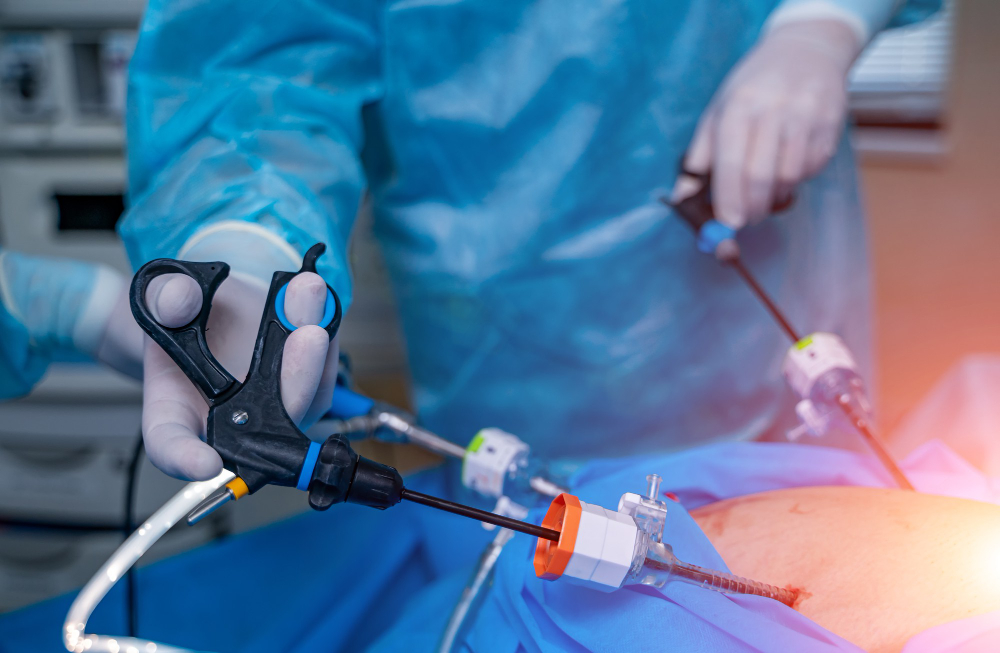Laparoscopy generally has a shorter recovery time than open surgery. Leaves smaller scars. A gynecologist, general surgeon, or another type of specialist can perform this procedure. Gynecological laparoscopy is an alternative to open surgery. Use a laparoscope to look inside the pelvic area. Open surgery often requires a large incision. A laparoscope is a thin, lighted telescope. This allows your doctor to see inside your body. Diagnostic laparoscopy can determine if you have conditions such as endometriosis or fibroids. It can also be a form of treatment. With miniaturized instruments, your doctor can perform a variety of surgeries.
Diseases that can be diagnosed by laparoscopy include:
- endometriosis
- uterine fibroids
- cysts or tumors of the ovaries
- ectopic pregnancy
- pelvic abscess or pus
- pelvic adhesions or painful scar tissue
- infertility
- pelvic inflammatory disease
- reproductive cancers
Some types of laparoscopic treatment include:
- hysterectomy or removal of the uterus
- removal of the ovaries
- removal of ovarian cysts
- removal of fibroids
- blocking blood flow to the fibroids
- endometrial tissue ablation, which is a treatment for endometriosis
- removal of adhesion
- a change in contraceptive surgery called a tubal ligation
- Burch incontinence procedure
- vault suspension for the treatment of a prolapsed uterus
Schedule a consultation with Dr. Kosta Vasilevski: 078 822 777












